| |
|
| |
|
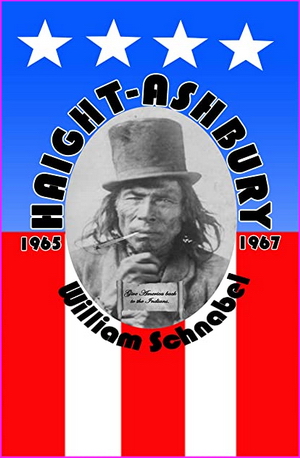 |
Haight-Ashbury 1965-1967 - William Schnabel
(ISBN-13 : 979-8600328990)
The Haight-Ashbury and the Summer of Love are words that almost everyone has heard of. But what lies beneath the surface? The Haight-Ashbury was the epicenter of a revolutionary, avant-garde community in the mid-sixties, where the counterculture explored communal living, marijuana, lysergic acid diethylamide and different ways of being. Well known for its low rent and spacious Victorian houses, this modest neighborhood spelled hope for a generation that rejected war and the affluent wasteland of consumer capitalism. Many believed that LSD could save the world by bringing peace and love into the hearts and minds of millions.
Yet no sooner had a generation begun believing in its newfound freedom and sharing its utopian vision than the once peaceful community began to disintegrate. By the time the Summer of Love arrived in 1967, the dream was all but over, and a parade would celebrate the Death of Hippie.Haight-Ashbury 1965-67 discusses the major events leading up to the Summer of Love, outlines the social and historical context and reviews the cultural significance of the period. |
| |
|
| |
|
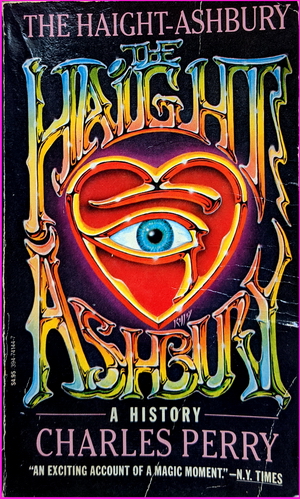 |
The Haight-Ashbury: A History - Charles Perry
(ISBN ISBN 13: 9780394741444)
This comprehensive account of San Francisco's Haight-Ashbury draws on personal experiences, period documents, and scores of interviews to illuminate and assess an important counterculture phenomenon |
| |
|
| |
|
 |
The Hard Stuff: Dope, Crime, the MC5, and My Life of Impossibilities - Wayne Kramer (ISBN-13 : 978-0306921544)
In January 1969, before the world heard a note of their music, The MC5 was on the cover of Rolling Stone. The missing link between free jazz and punk rock, they were raw, primal, and, when things were clicking, absolutely unstoppable.
Led by legendary guitarist Wayne Kramer, The MC5 was a reflection of the times: exciting, sexy, violent, chaotic, and out of control, all but assuring their time in the spotlight would be short-lived. They toured the country, played with music legends, and had a rabid following, their music acting as the soundtrack to the blue collar youth movement springing up across the nation. Kramer wanted to redefine what a rock 'n' roll group was capable of, and there was power in reaching for that, but it was also a recipe for disaster, both personally and professionally. The band recorded three major label albums but, by 1972, it was all over. |
| |
|
| |
|
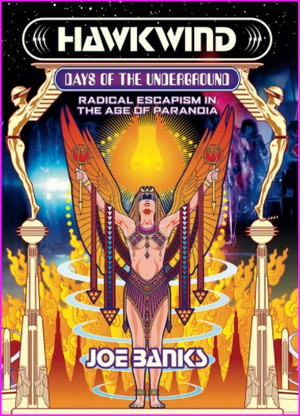 |
Hawkwind: Days Of The Underground : Radical Escapism in the Age Of Paranoia - Joe Banks
(ISBN-13 : 978-1907222849)
Fifty years on the English rock band Hawkwind continues to inspire devotion from fans around the world. Its influence reaches across the spectrum of alternative music, from psychedelia, prog, and punk, through industrial, electronica, and stoner rock. Hawkwind has been variously, if erroneously, positioned as the heir to both Pink Floyd and the Velvet Underground, and as Britain s answer to the Grateful Dead and Krautrock. It has defined a genre space rock while operating on a frequency that s uniquely its own. Hawkwind offered a form of radical escapism and an alternative account of a strange new world for a generation of young people growing up on a planet that seemed to be teetering on the brink of destruction, under threat from economic meltdown, industrial unrest, and political polarisation. While other commentators confidently asserted that the countercultural experiment of the 1960s was over, Hawkwind took the underground to the provinces and beyond. In Days of the Underground, Joe Banks repositions Hawkwind as one of the most innovative and culturally significant bands of the 1970s. It s not an easy task. As with many bands of this era, a lazy narrative has built up around Hawkwind that doesn t do justice to the breadth of its ambition and achievements. Banks gives the lie to the popular perception of Hawkwind as one long lysergic soap opera; with Days of the Underground, he shows us just how revolutionary Hawkwind were and their ongoing legacy s incendiary potential. |
| |
|
| |
|
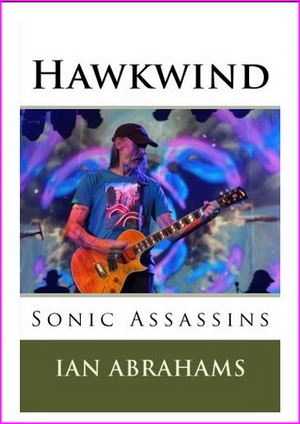
|
Hawkwind: Sonic Assassins - Ian Abrahams
(ISBN-13 : 978-1542379038)
Highly-regarded when it first appeared, in 2004, Hawkwind: Sonic Assassins relates the long and twisting history of one of the most iconic British rock bands. From founder and ever present leader Dave Brock’s early days busking the streets of London and mixing with the movers and shakers of the embryonic blues rock scene of the 1960s, through his conversion to psychedelic soundscapes and the establishment of a band that would come to define its own spacerock genre, this is the story of Hawkwind as told by the multitude of musicians who have moved through the many line-ups, adding, as Dave Brock himself would say, “their own bits and pieces.”
Rewritten, expanded and updated, with new research and fresh interviews, this new edition of Ian Abrahams’s Hawkwind biography has been eagerly awaited by the band’s legion of fans.
|
| |
|
| |
|
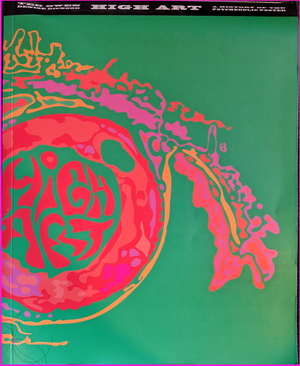 |
High Art: A History of the Psychedelic Poster - Ted Owen (ISBN-13 : 978-1860742569)
A history of psychedelic poster art from both San Francisco and London features samples from and interviews with many leading 1960s poster artists, including Stanley Mouse, Alton Kelley, Rick Griffin, and Victor Moscoso, and offers valuable advice for collectors of the posters. |
| |
|
| |
|
|